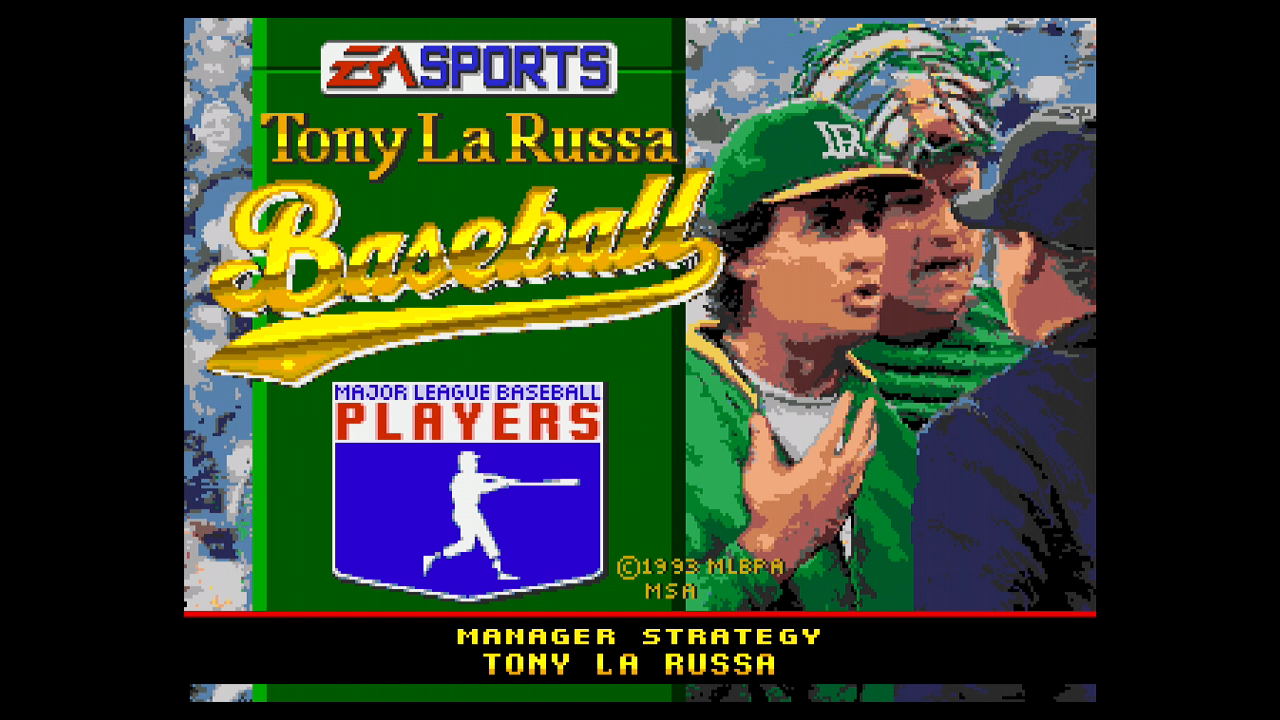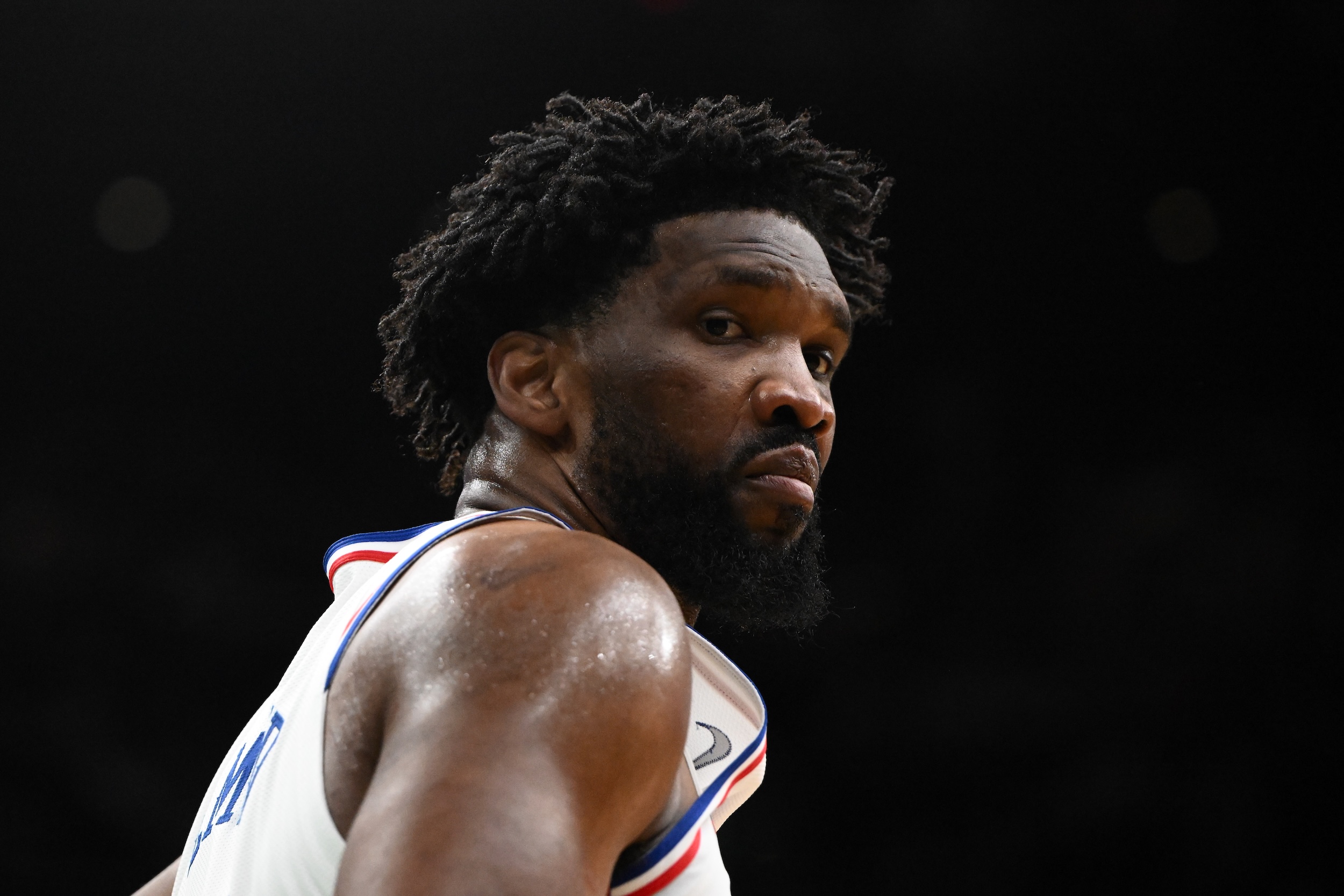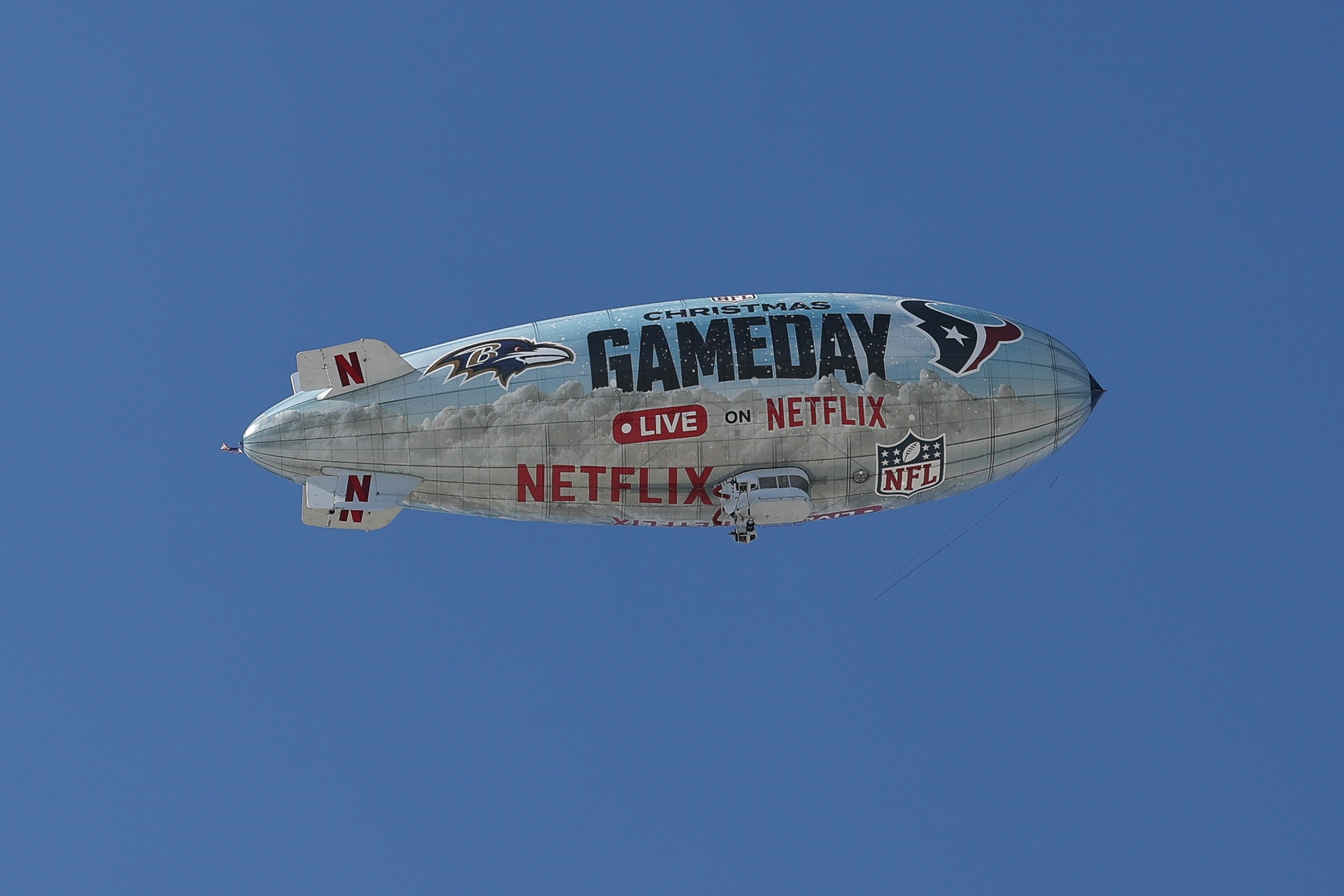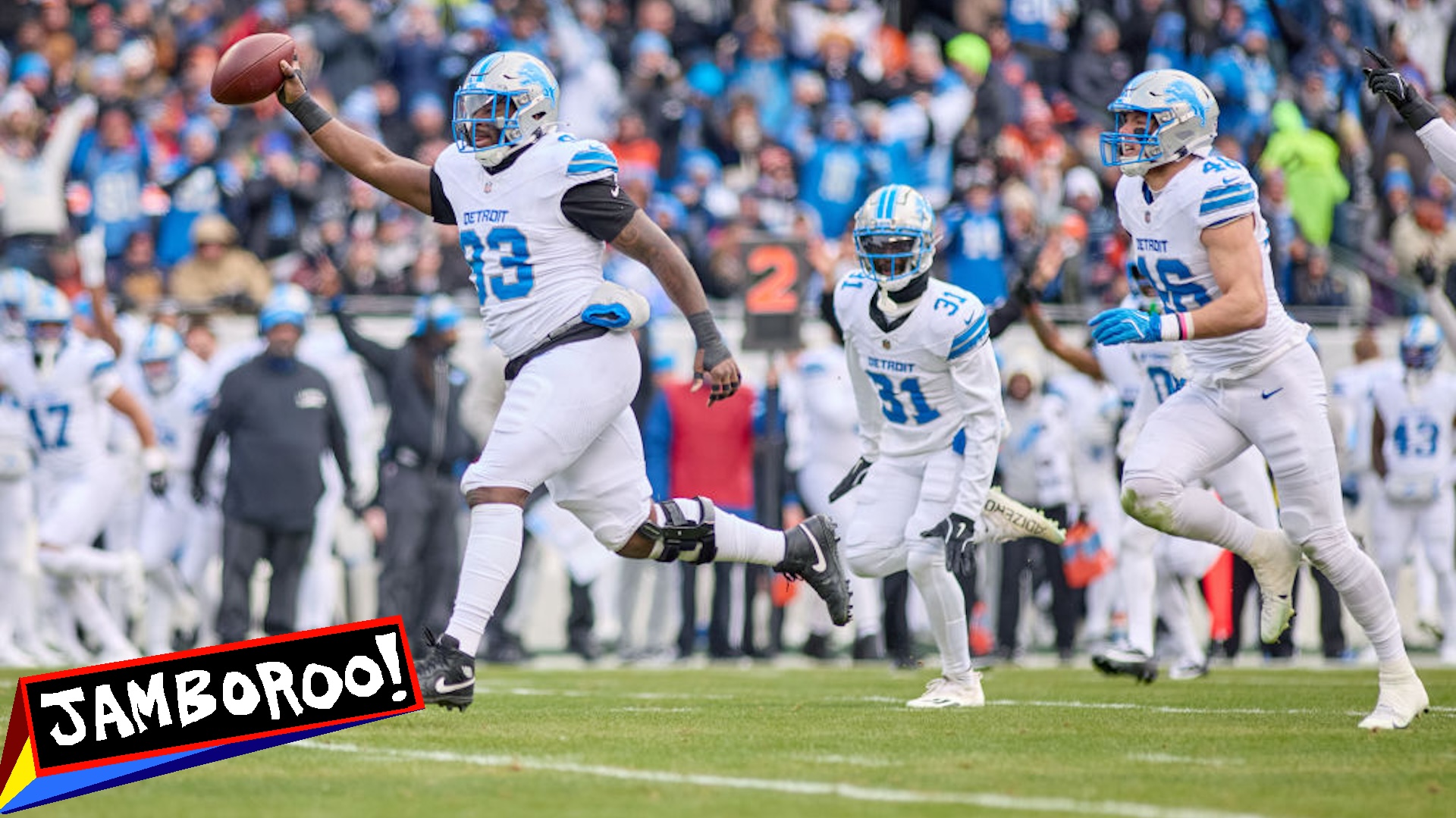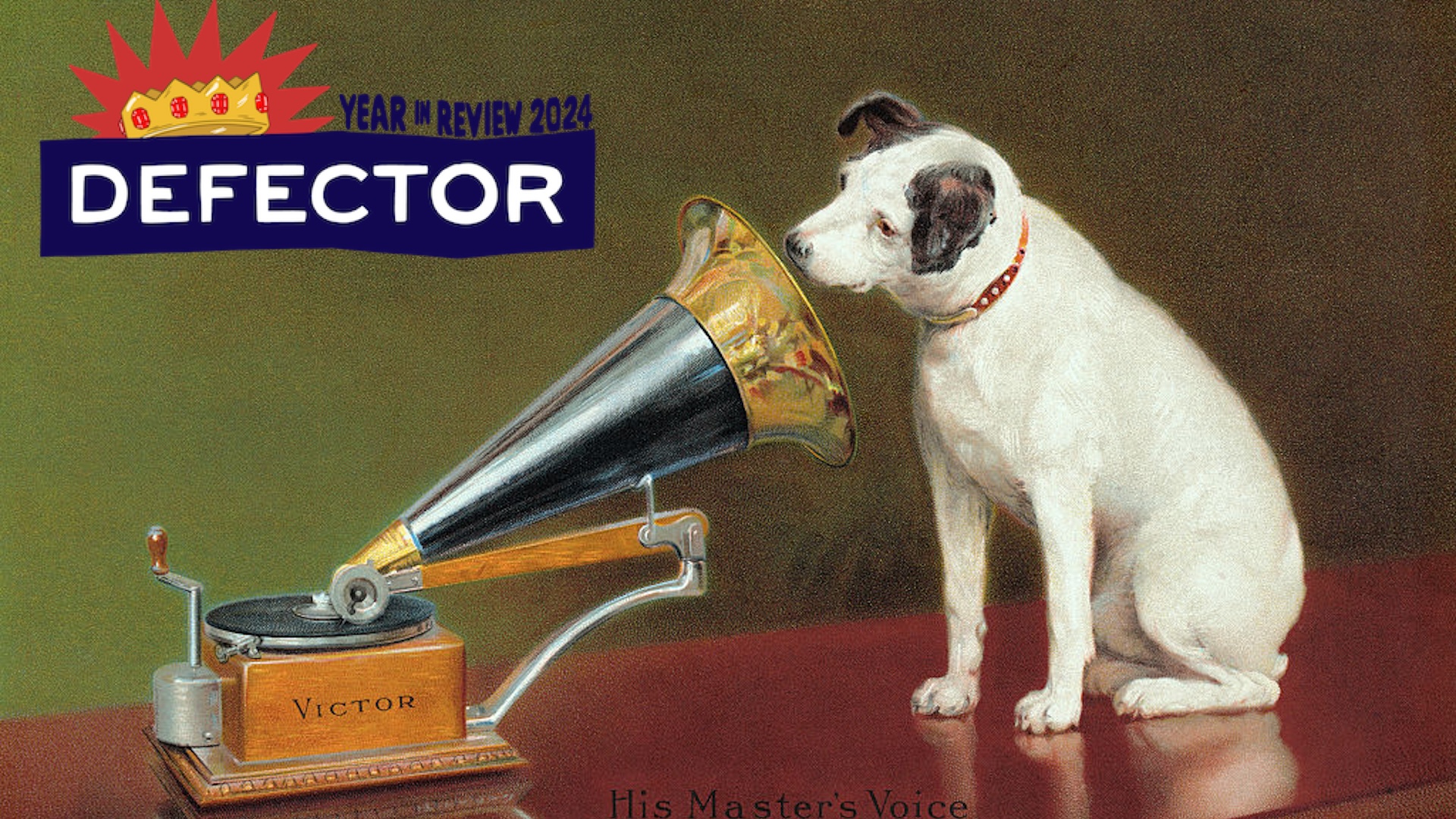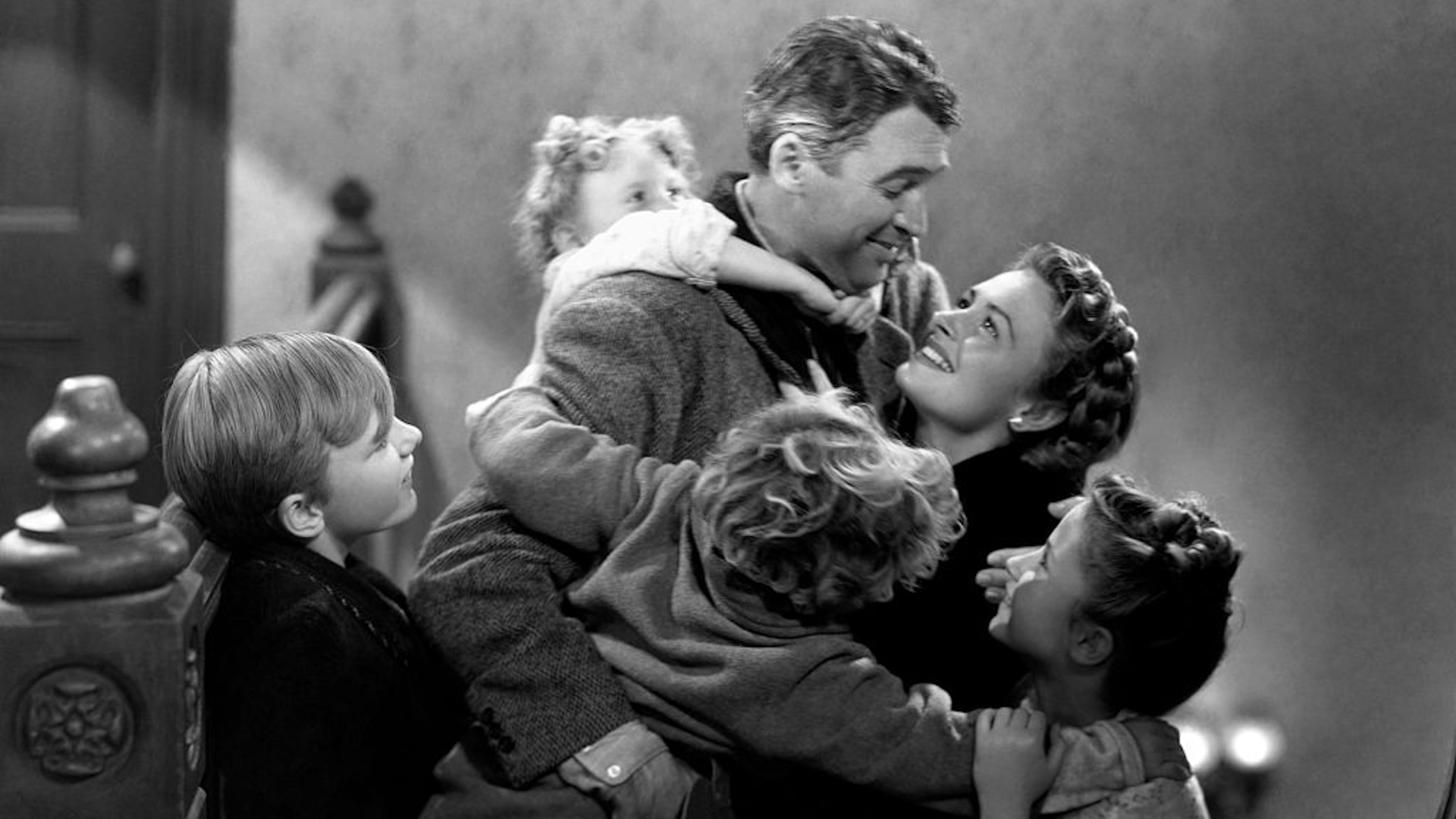A decade after he last managed a competitive baseball game, Tony La Russa returned to the dugout this season. The 76-year-old—who had previously managed the White Sox, Athletics, and Cardinals for 33 seasons—is now the manager of the Chicago White Sox. In Spring Training, shortstop Tim Anderson said “the vibes are great.” The early going has not been perfect. They are 5-5 and have been missing star outfielder Eloy Jiménez, who will be out for much of the season with a torn pectoral muscle, and whose loss La Russa said left the clubhouse "discouraged, depressed, concerned." La Russa, too, seems still to be getting back in managing shape. “I mean, I did a really lousy job managing that inning," he said after one early loss, "and hurt our chances to win.”
La Russa may seem like a dinosaur now, but he was once at the forefront of new and exciting baseball strategies. In the 1980s, some sportswriters decried the “creeping La Russaization” of the game; La Russa was one of the first managers to use relievers for one or two batters, a strategy that became so ubiquitous that MLB had to create a rule making it illegal. “La Russa perfected late-inning pitching strategy and made middle relievers a vital part of roster construction,” the Chicago Tribune’s Paul Sullivan wrote. “He was a micromanager’s micromanager, and that strategy helped him win three World Series and got him into the Baseball Hall of Fame.”
While La Russa was once the one breaking the game with his innovations, he stuck around long enough to become the figure standing athwart baseball history, yelling stop. Though he said it wasn’t, Buzz Bissinger’s 3 Nights in August read as a response to Moneyball and the increasing Sabermetric inclination of front offices. Bissinger described on-base percentage as the “latest fashion fad.” This, to me, was one of the clear demarcations between “old” and “new” baseball strategy. The oldheads wanted players to sacrifice bunt and move the runner over. The young bucks wanted players to walk, and hit home runs.
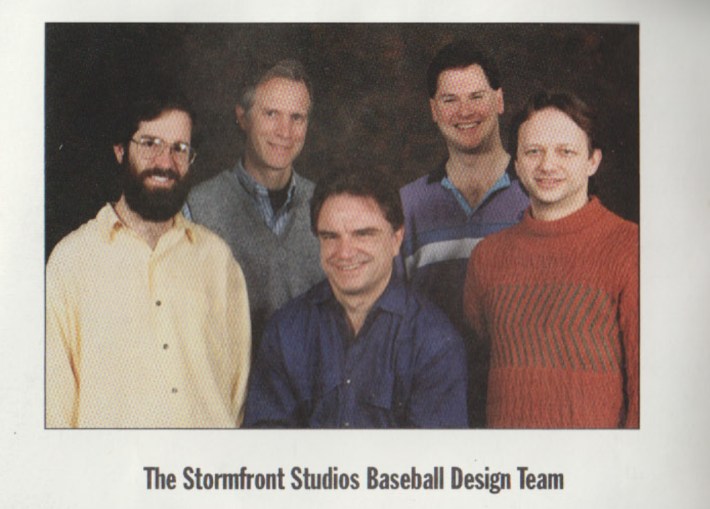
A few weeks ago at a flea market in Pennsylvania, I picked up a copy of Tony La Russa Baseball for Sega Genesis. The game, programmed by Stormfront Studios (no relation), was released by EA Sports in 1993. Don Daglow, founder of the studio, had programmed the first baseball video game (aptly called Baseball). He also developed Intellivision World Series Baseball and Earl Weaver Baseball in the 1980s—both leaps forward in terms of baseball gameplay and realism.
The team at Stormfront released multiple Tony La Russa baseball games, two for Sega Genesis. The original, the one I picked up, featured an MLBPA license but no actual team licenses. If you saw me stream it last week, you will know I am not very good at the game. But you will also know that the game featured, between every half-inning, advice from Tony La Russa himself! La Russa was “interviewed” each time by sports host Ron Barr, who you might know better from EA Sports’ NHL games. (He’s still working today!)
What did I learn from a 1993 digital version of Tony La Russa? A lot, actually.
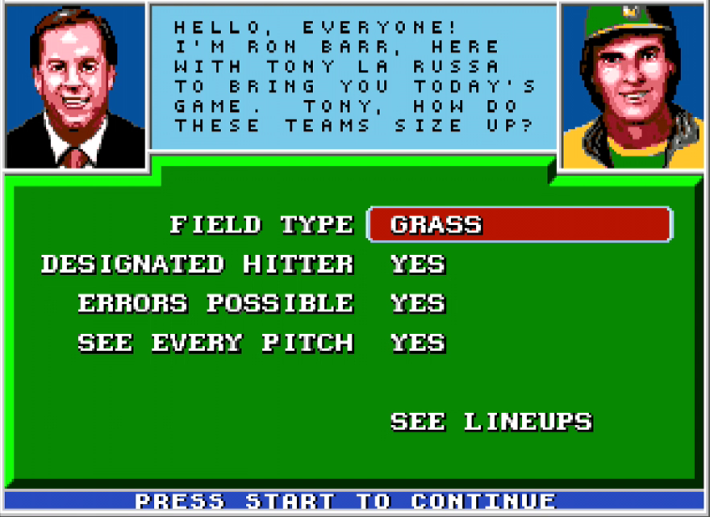
Digital Tony La Russa is an excellent piece of art. If I could, I would sell it as an NFT. (I believe we can credit Stormfront’s David Bunnett for the artwork.) La Russa delivers information on each team before the game, but I’m not interested in whether he thinks John Kruk is a good hitter. I’m interested in his baseball strategy.

Here, La Russa wants us to be aggressive. He wants us to try things and to put on plays and to make good things happen. I’m not entirely sure what La Russa means by “putting on plays.” Were the late 1980s Oakland Athletics a top team because they frequently performed Hamlet? This is my head canon now.

Ah! So here is a classic Moneyball vs. 3 Nights in August situation. A newfangled tech-savvy baseball man would tell you that, no, you want a guy with a great on-base percentage to lead off the game, as he'll be likely to get on base. Meanwhile, Tony La Russa thinks you just want a speedy dude who can make the other team work harder. To be fair, right around the time this game came out the A’s still had Rickey Henderson, who was both the greatest and fastest leadoff man of all time. So yeah, if you have Rickey Henderson, bat him first. Got it.

And once you have Rickey on base? You simply have to bunt him over, or maybe work the hit and run. I looked this up: The 1993 Oakland A’s only had 46 sacrifice hits, tied for fifth-lowest in the American League. They also were fifth-worst in total bases in the AL that year, so they just didn't have many guys on to move over. They would finish 68-94 and last in the AL West in '93, and traded Henderson to Toronto at the trade deadline.

Bunt bunt bunt bunt bunt bunt bunt. Is there anything else Tony La Russa wants to do? It's worth remembering that his 1980s Oakland teams had two home run hitters so prolific that they were called the Bash Brothers. It's not quite bunting for a hit, but: Mark McGwire had three sacrifices during his time in Oakland. Jose Canseco had one. I now understand La Russa is not calling for us to bunt for hits with McGwire and Canseco. But based on the advice he gives in this game, I am shocked they did not try it more often.

When you’re not bunting, make sure to hit and run. The advice in Tony La Russa Baseball almost seems like it is a parody of what Tony La Russa’s advice would be. Was this game actually written by the crew at Fire Joe Morgan in 2007?

Even his tips about artificial turf are about the hit and run! Perhaps this is why La Russa returned to baseball in 2021: Artificial turf is back, baby! On the downside, the new artificial turf mimics grass much more closely than the concrete-painted-green turf of the early La Russa era. A White Sox beat writer ought to ask him how the new artificial turf compares to the old stuff.

So after you’ve hit and run so many times the opposing team is expecting it, you need to sacrifice! I am confused as to how faking the hit and run and giving up an out to move a player along is actually going to work, but La Russa has called for so many hit and runs in the game maybe the other team will be so spooked that they will just forfeit if you sacrifice. "This guy is a genius!" they might say, terrified.

OK. I am now convinced somehow the Fire Joe Morgan guys went back in time and inserted parody Tony La Russa lines into this 1993 video game. Of course if you are going to bunt and hit and run and fake hit and run as much as La Russa says he wants to, you want fast guys all around your lineup. How else can you get that defense in motion, and strike the Fear Of Bunt deep into the heart of your opponent?

If you're wondering how the A’s are going to win all these games with the bunts and hit and runs, La Russa answers you here. By getting one run in an inning multiple times, La Russa can win games! I would think having McGwire and Canseco come up with the bases loaded and smash the ball all the way to Maxwell Park or whatever would be a better strategy, but La Russa has won several World Series titles and has multiple baseball video games named after him, and I am not even good at playing those video games.

Here’s an even wilder strategy: Get down 7-2, then concentrate on scoring a run here, a run there. That would make it 7-4, but perhaps with a few more hit and runs, the A’s can turn a 7-2 deficit into a 7-6 loss.

This is why the White Sox bullpen keeps getting shelled this season. He keeps saving them for even more key moments!

On the other hand, maybe La Russa is playing the long game. Look for the White Sox to continue to pitch out this year until opposing managers are simply looking for it every pitch, at which point they will no longer steal or hit and run against the Sox.

I know he doesn’t come out and say it here, but I can read between the lines: Occasionally, your cleanup hitter should bunt.

As such, the A’s had two switch-hitters in the starting lineup most days in 1993—as do the 2021 White Sox!

And, finally, against a strong starter: Use a good lineup. I have now been fully convinced by his advice: The best way to win at Tony La Russa Baseball is to bunt for hits and use the hit and run. As far as actual baseball … sure, why not? At least you won't clog up the basepaths.
